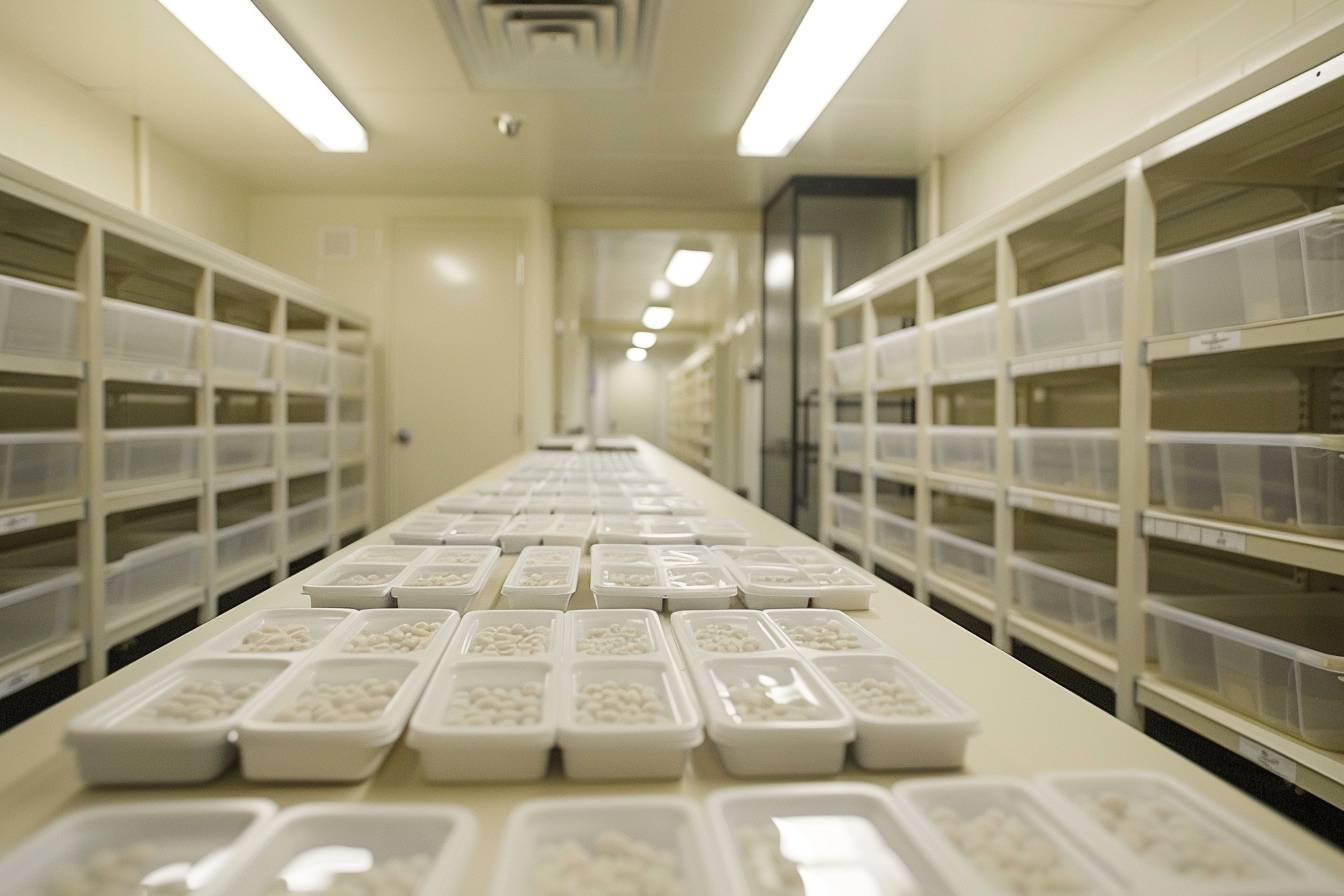The Noé syndrome, also known as animal hoarding disorder, is a complex psychological condition characterized by an overwhelming compulsion to accumulate and care for an excessive number of animals. This disorder not only affects the individual’s mental health but also poses significant risks to animal welfare and public health. As awareness of this condition grows, it’s crucial to understand its causes, symptoms, and potential interventions.
Defining Noé syndrome : A psychological perspective
Noé syndrome, named after the biblical figure Noah who saved animals from the Great Flood, is a severe manifestation of hoarding behavior specifically focused on animals. Individuals suffering from this disorder often believe they are rescuing or protecting animals, but their actions ultimately lead to neglect and suffering.
The psychological underpinnings of Noé syndrome are complex and multifaceted. Compulsive animal hoarding is often associated with :
- Attachment disorders
- Obsessive-compulsive tendencies
- Trauma or loss experiences
- Personality disorders
People with Noé syndrome typically display an intense emotional connection to their animals, viewing them as extensions of themselves or as family members. This deep attachment often leads to an inability to recognize the negative impact of their hoarding behavior on both the animals and their own living conditions.
The disorder is characterized by several key features :
- Accumulation of a large number of animals
- Failure to provide minimal standards of nutrition, sanitation, and veterinary care
- Denial of the inability to provide proper care
- Persistent accumulation of animals despite deteriorating conditions
It’s important to note that Noé syndrome differs from animal rescue or sanctuary work. While legitimate animal rescuers maintain proper care standards and often work with adoption networks, animal hoarders typically isolate themselves and their animals, refusing help or intervention.
Impact on animal welfare and public health
The consequences of Noé syndrome extend far beyond the hoarder’s personal life, significantly impacting animal welfare and public health. Animal hoarding situations often result in severe neglect, leading to malnutrition, disease, and death among the animals involved.
Common issues observed in hoarding cases include :
- Overcrowding and unsanitary living conditions
- Lack of proper veterinary care and vaccinations
- Malnutrition and dehydration
- Spread of parasites and infectious diseases
- Behavioral issues due to lack of socialization and proper care
The impact on public health cannot be overstated. Hoarding situations can lead to the spread of zoonotic diseases, pose fire hazards, and create unsanitary conditions that affect neighboring properties. Local authorities often face significant challenges when intervening in these cases, as the scale of the problem can be overwhelming.
To illustrate the severity of animal hoarding cases, consider the following table :
| Aspect | Typical Hoarding Case | Severe Hoarding Case |
|---|---|---|
| Number of Animals | 20-50 | 100+ |
| Living Conditions | Unsanitary | Hazardous |
| Animal Health | Poor | Critical |
| Intervention Difficulty | Moderate | Extreme |

Intervention strategies and treatment approaches
Addressing Noé syndrome requires a multidisciplinary approach involving mental health professionals, veterinarians, animal welfare organizations, and local authorities. The primary goal is to ensure the safety and well-being of both the animals and the hoarder while providing necessary support and treatment.
Effective intervention strategies often include :
- Psychological assessment and therapy for the hoarder
- Gradual removal and rehoming of animals
- Environmental clean-up and home restoration
- Long-term monitoring and support to prevent relapse
Treatment approaches for individuals with Noé syndrome typically involve cognitive-behavioral therapy (CBT), which helps address underlying thought patterns and behaviors. Dialectical behavior therapy (DBT) may also be beneficial in managing emotional dysregulation often associated with hoarding behaviors.
In some cases, medication may be prescribed to treat co-occurring conditions such as depression or anxiety. However, it’s crucial to note that there is no specific medication for treating animal hoarding disorder itself.
Community support plays a vital role in the recovery process. Establishing a network of professionals, family members, and support groups can help individuals with Noé syndrome maintain progress and prevent relapse. Education and awareness programs can also contribute to early identification and intervention in potential hoarding situations.
Preventing and addressing animal hoarding : A societal responsibility
Preventing and addressing Noé syndrome is a shared responsibility that requires collective effort from various sectors of society. Increased awareness and education about the signs and consequences of animal hoarding can lead to earlier detection and intervention.
Key strategies for prevention and management include :
- Implementing stricter animal welfare laws and regulations
- Providing accessible mental health resources and support services
- Encouraging responsible pet ownership through education programs
- Fostering collaboration between animal welfare organizations and mental health services
- Developing specialized training for law enforcement and social workers
Communities can play a crucial role by being vigilant and reporting suspected cases of animal hoarding to appropriate authorities. Early intervention is key to preventing the escalation of hoarding situations and minimizing harm to both animals and individuals.
As our understanding of Noé syndrome continues to evolve, it’s essential to approach this complex issue with compassion and a commitment to finding humane solutions. By addressing the underlying psychological factors and providing comprehensive support, we can work towards reducing the prevalence of animal hoarding and improving outcomes for both humans and animals affected by this challenging disorder.

